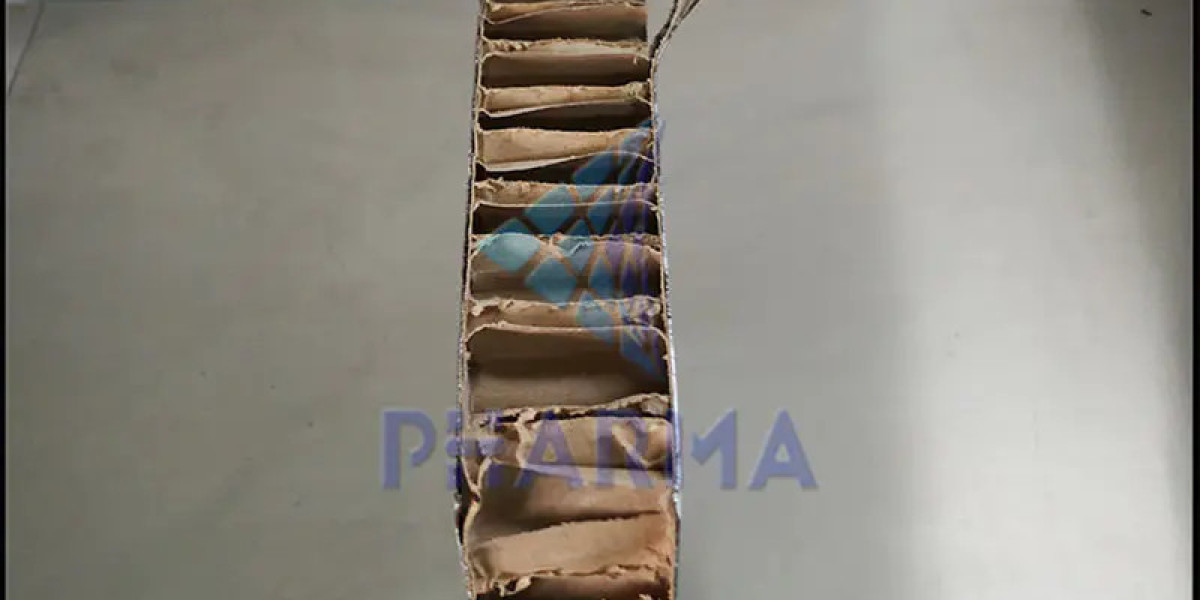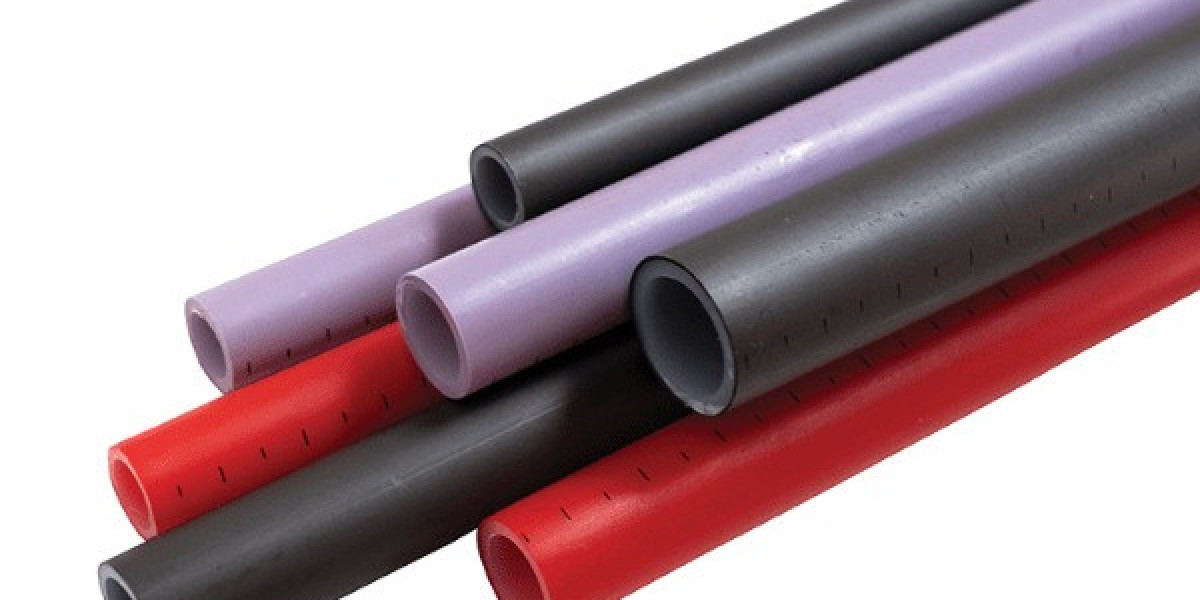Clean room wall panels serve a vital role in maintaining a controlled environment for sensitive processes such as manufacturing, scientific research, and healthcare. When it comes to choosing the right surface material for these panels, vinyl and high-pressure laminate (HPL) surfaces are popular options due to their numerous benefits.
Advantages of Vinyl Surfaces
Vinyl surfaces are known for their durability and resistance to moisture, chemicals, and scratches. This makes them an ideal choice for clean room environments where hygiene and cleanliness are crucial. Vinyl surfaces are also easy to clean and maintain, which helps in keeping the clean room free from contaminants that can compromise the quality of products or research.
Benefits of HPL Surfaces
HPL surfaces, on the other hand, are highly resistant to impact, heat, and chemicals. This makes them suitable for clean room environments where heavy-duty equipment is used or where there is a risk of spills or exposure to harsh chemicals. HPL surfaces are also available in a wide range of colors and designs, allowing for customization to match the aesthetic requirements of the clean room.

Cost-Effectiveness of Vinyl and HPL Surfaces
In addition to their durability, vinyl and HPL surfaces are also cost-effective options for clean room wall panels. Vinyl surfaces are typically more affordable than other materials, making them a budget-friendly choice for clean room projects. Similarly, HPL surfaces offer long-lasting performance, reducing the need for frequent replacements or repairs, which can result in cost savings in the long run.
Versatility in Design
One of the key advantages of using vinyl and HPL surfaces in clean room wall panels is their versatility in design. Both materials can be easily customized to meet the specific requirements of the clean room, whether it be in terms of color, texture, or pattern. This allows for the creation of a clean room environment that is not only functional but also visually appealing.
Ease of Installation
Furthermore, vinyl and HPL surfaces are easy to install on clean room wall panels, making the construction process efficient and seamless. Their lightweight nature and flexibility enable quick and straightforward installation, minimizing downtime and disruptions to clean room operations.
Conclusion
Overall, the benefits of using vinyl and HPL surfaces in clean room wall panels make them an excellent choice for maintaining a clean and controlled environment. Their durability, resistance to chemicals and impact, cost-effectiveness, versatility in design, and ease of installation make them valuable components in ensuring the integrity and efficiency of clean room operations. Whether in a pharmaceutical facility, electronics manufacturing plant, or research laboratory, vinyl and HPL surfaces are reliable options for achieving high standards of cleanliness and productivity in clean room environments.








